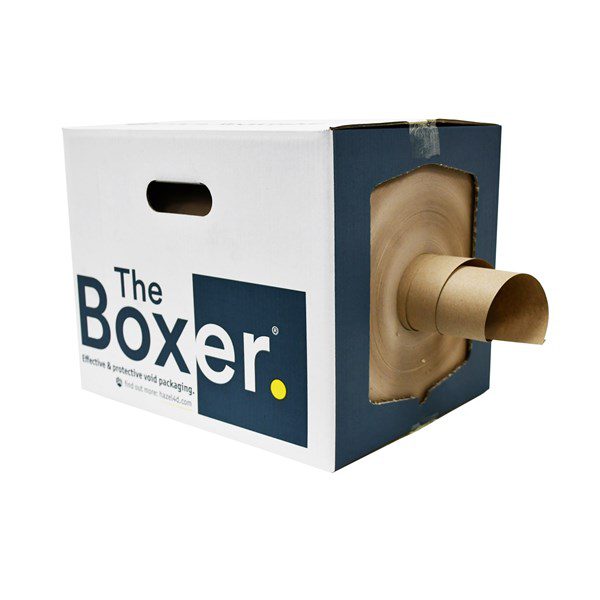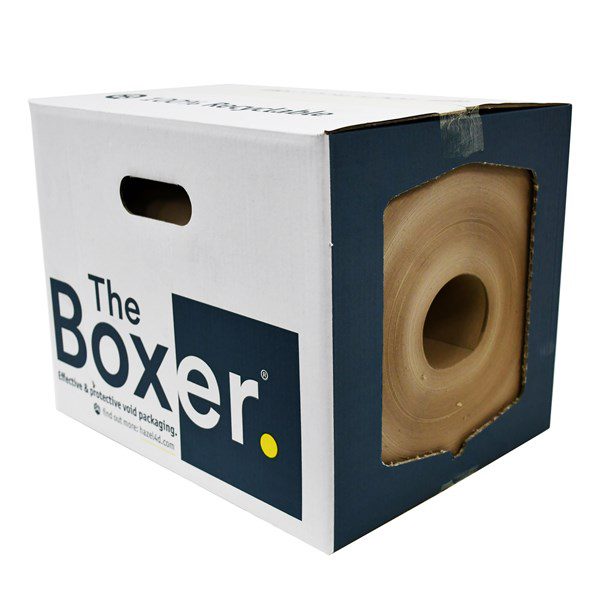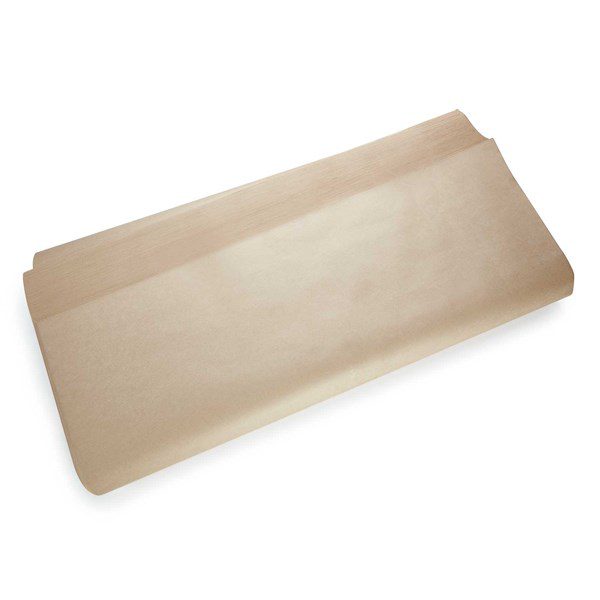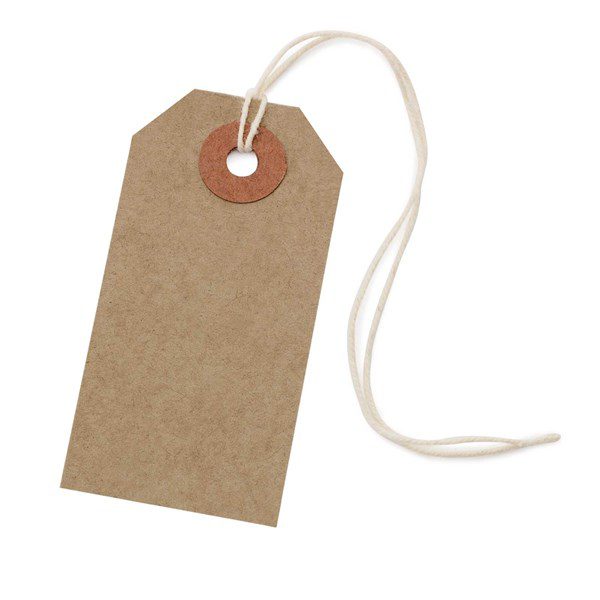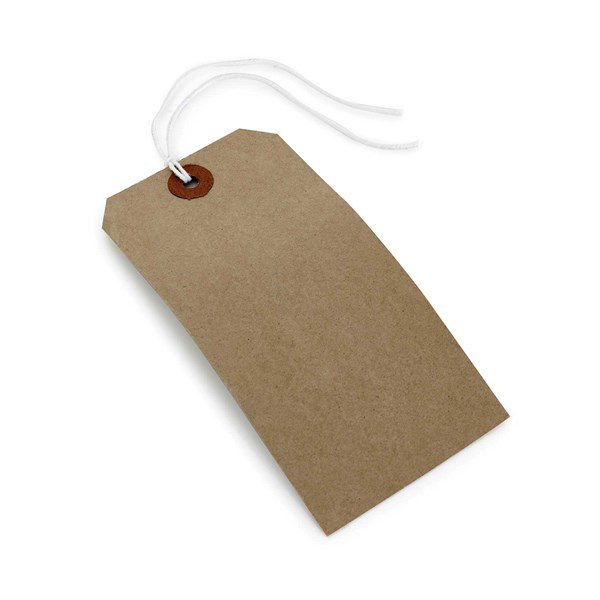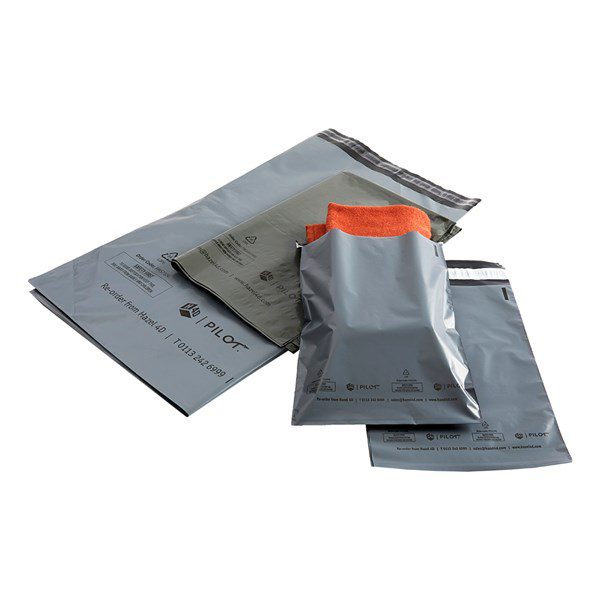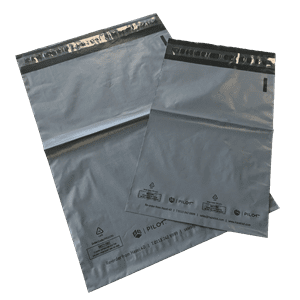Sustainable Packaging
Packing Tape
The Ultimate Guide To The UK’s Recycling Symbols: What Do They Mean?

By: Hadyn Oliver
7 Minute Read
Your Questions Answered
ToggleDo you know how many recycling symbols there are in the UK?
Here in the UK, we have so many different varieties of recycling symbols that are meant to help consumers with how and what to recycle, but with such a vast number, many are confused.
Recycling symbols are most commonly found on packaging of products, it helps determine the correct way to dispose of the products and/or its packaging.
Whether you’re a business exploring the symbols to add to your packaging, or a consumer trying to find what a particular symbol means, this short guide will give you an idea of the most common in the simplest language possible.
Let’s dive in …
With the rise n concern for our planet, an increasing number of businesses and brands are switching to sustainable packaging, which leads to recycling becoming more important than ever. Packaging classified as “Sustainable” has to be certified by a specific organisation before you can officially claim it’s eco-friendly, if it isn’t, it could be classified as green-washing.
– Correct Usage of sustainability logos not only help the recovery and recycling of the packaging, but also helps build a better rapport with your customers.
How to use the recycling symbols correctly
Recycling symbols can be so misleading, in fact, many companies have used the symbols incorrectly. Anyone can download an image and stick it to a box or bag, but the symbols are actually copyrighted and you need permission to use them.
In simpler words, the responsibility of using these symbols, is on you. Do your research! It could affect your whole company if you don’t.
Symbols on products and packaging can be so easily confused. As an example, a bottle of perfume, the packaging requires info about the primary and tertiary packaging, as well as the perfume liquid inside.
Many symbols would relate to recycling unless otherwise noted.
Recycling schemes in the UK compared to the EU
Brexit fixed many issues, but also caused much confusion. The UK kept some of it’s own recycling and infrastructure laws. But as a matter of fact, the UK and EU packaging recycling laws are very similar.
Although, some European countires don’t accept the same kerbside collection as the UK. So if you’re selling to a customer in Europe, always check with the local authorities to see if your packaging meets up to both UK and EU regulations.
The symbols explained …
Now onto what we are all here for, what do the UK recycling symbols actually mean?
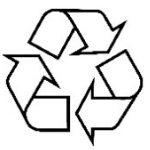
The Mobius Loop (Most Common)
This indicates your packaging/product is recyclable in some way.
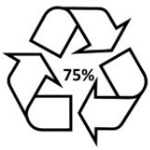
The Mobius Loop + percentage
This indicates your packaging/product is recyclable in some way.

The Green Dot
This isn’t as common, but signifies that the producer has contributed towards recyclable packaging, but doesn’t necessarily mean the packaging itself is recyclable.
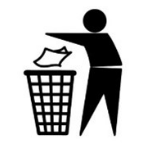
The Tidy Man
A very popular and well-known symbol indicating “Keep Britain Tidy” as a reminder to stop you littering.
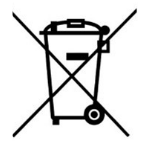
The Waste Electrical
This symbol has several variations for different products but means that the electrical item shouldn’t be disposed in general waste. Instead it should be taken to a recycling depot.
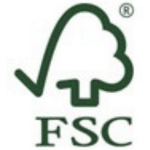
The FSC
The Forest Stewardship Council (FSC) is a symbol to show that the packaging/product contains wood (or wood fibres) that are from a sustainably managed source.
You need written permission to use this symbol on your packaging.
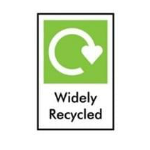
The Widely Recycled
This is mostly found on cardboard, plastic, or glass products. It means the material will be collected by 75% or more of local authorities across the UK.
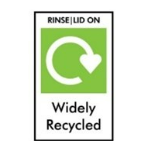
The Widely Recycled RINSE|LID ON
This type of packaging can be recycled but needs to be washed and the lid kept on to prevent contamination from other materials during recycling. Most commonly found on glass jars.



The Widely Recycled FLATTEN|CAP ON
This literally means flatten the packaging so space is saved, and keep the cap on as it can be recycled altogether. Many plastic bottles would have this symbol on.
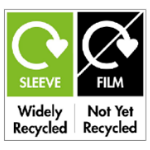

The Widely Recycled FILM – not yet recycled
This symbol, means the sleeve itself is recyclable but the film is not and must be removed and put into general waste. Often found on ready meals or soft drink bottles.
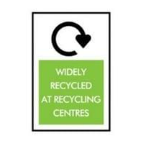

The Widely Recycled At Recycling Centres
These can’t be recycled with curb side recycling but can be taken to a recycling centre to get recycled. Items like paint tins would have this on.
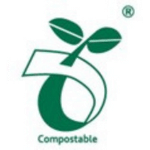

The Compostable Seedling
This symbol represents the packaging as being industrially compostable according to the EU standard EN 13432. This trademark is owned by the European Bioplastics.
This symbol also requires written permissions to use.
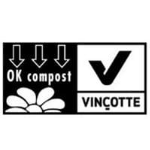

The OK Compost (Industrial)
This categorises the packaging as compostable in industrial waste recycling facilities according to EN 13432:2000. Inks, adhesives, additives would have this symbol on.
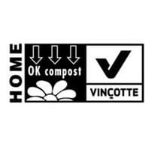

The OK Compost (Home)
The same as above but it can be composted at home in cooler and drier environments.
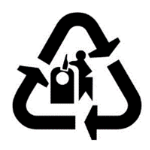

The Glass Recycling
This symbol is used as a reminder for you to put your glass into your recycling bin, or take them to a recycling plant.
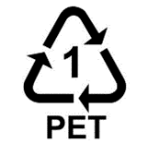

The PET
PET (Polyethylene Terephthalate) is the most common plastic used in packaging products, from drink bottles, to straws. This symbol shows that the packaging is recyclable.
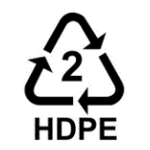

The HDPE
HDPE, or high density polyethene, is found in items such as toys and milk bottles. These are usually recyclable.
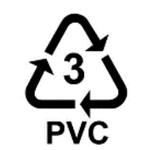

The PVC
PVC is used in products such as piping, flooring, footwear, and window frames. This is not recyclable.
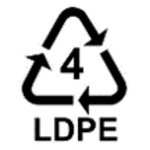

The LDPE
LDPE, (low density polyethylene) is reusable but not recyclable. It’s often found in items such as toys, films in primary and tertiary packaging and squeezable bottles.
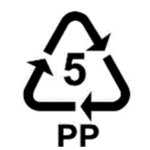

The PP
PP (polypropylene) can usually be recycled. It’s most commonly found in injection/blow moulded products. Like packing tape, food containers and bottle caps.
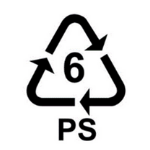

The PS
PS (polystyrene) is not recyclable at all. It’s used in the likes of takeaway food packaging, insulation, and void filler.
How important are the recycling logos
Cardboard is by far one of the most sustainable packaging options there is out there. More businesses and brands are making the shift towards it. With governments, individuals, and organisations all realising they have to do their bit for the planet, many have put together goals and targets to become more sustainable.
As a result, many have started switching to a more sustainable packaging alternative. And it’s essential you have a thorough understanding of the logos you place on it that classifies it as “sustainable”.
Here’s a more detailed overview of the top 5 symbols most commonly found on cardboard packaging
1. The Looped Recycling Symbol
This logo is the most popular and well recognised symbol of the lot. Created by Gary Andrews, it represents the 3 R’s, Reuse. Reduce. Recycle.
FACT – The logo’s negative space creates the shape of a tree, representing sustainability, and the arrows around it demonstrating a circular system.
These days, the symbol is known far and wide to represent recycling. Whether it be a plain Mobius or Mobius with a percentage, the symbol means the product or packaging is recyclable in some way, shape, or form.
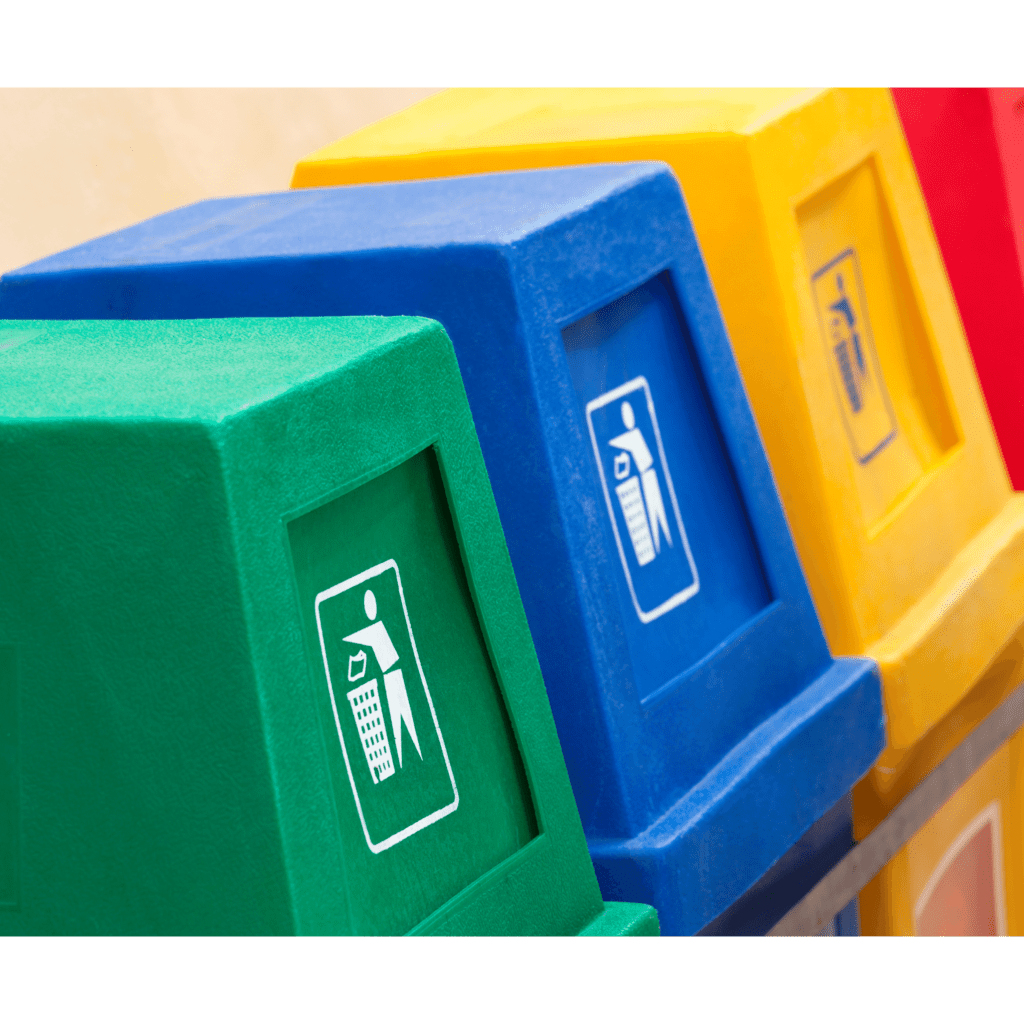

2. The OK Compost Symbol – INDUSTRIAL
Being an equivalent to the European Bioplastics Compost Logo, it meets the packaging meets EN13432:2000, meaning it is safe to be composted in industrial composting facilities.
Any packaging or product with this logo complies with the UK and EU regulations for industrial composting.
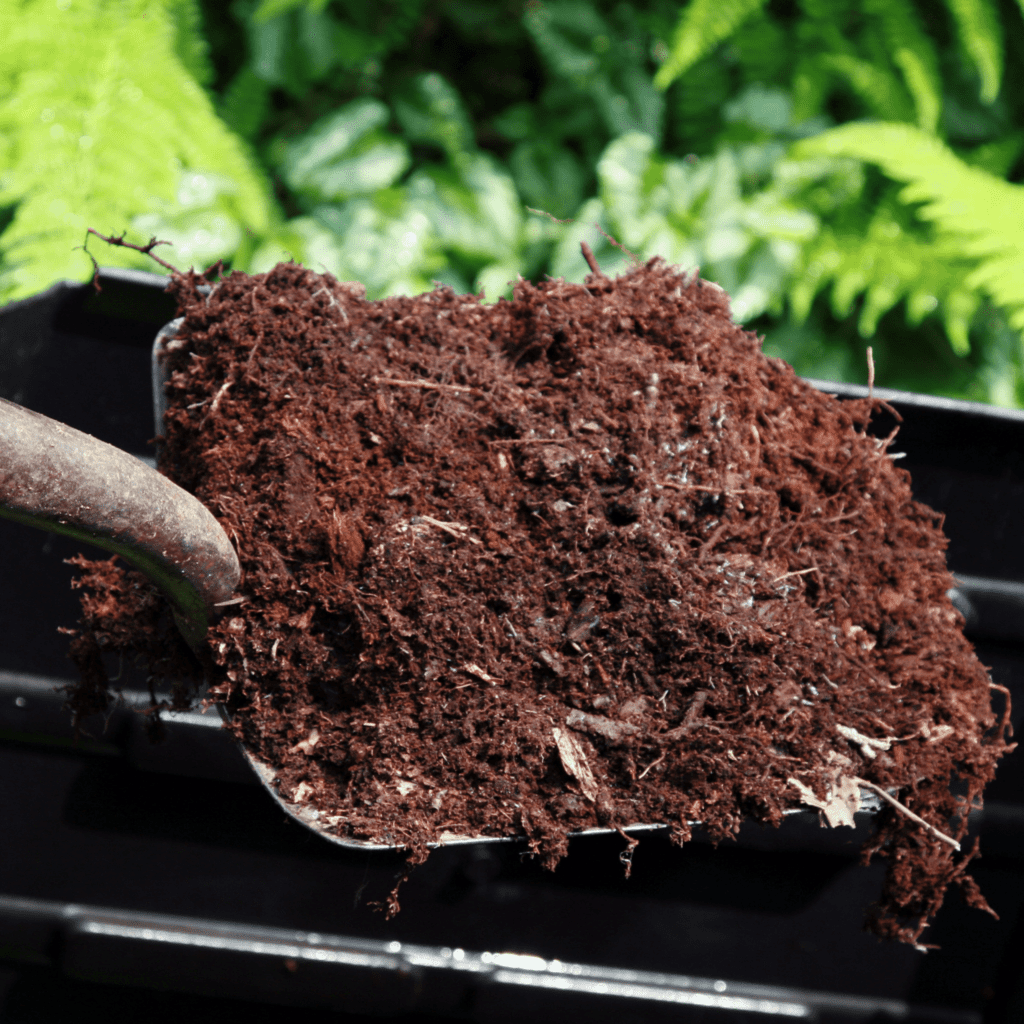

3. The OK Compost Symbol – HOME
The “home” version of OK Compost was created to show materials can be safely composted at home. It will break down in controlled environments which can be done at home, instea of taking it to an industrial facility.
Both industrial and home composting certifications required accreditation and certification before being applied to your packaging.
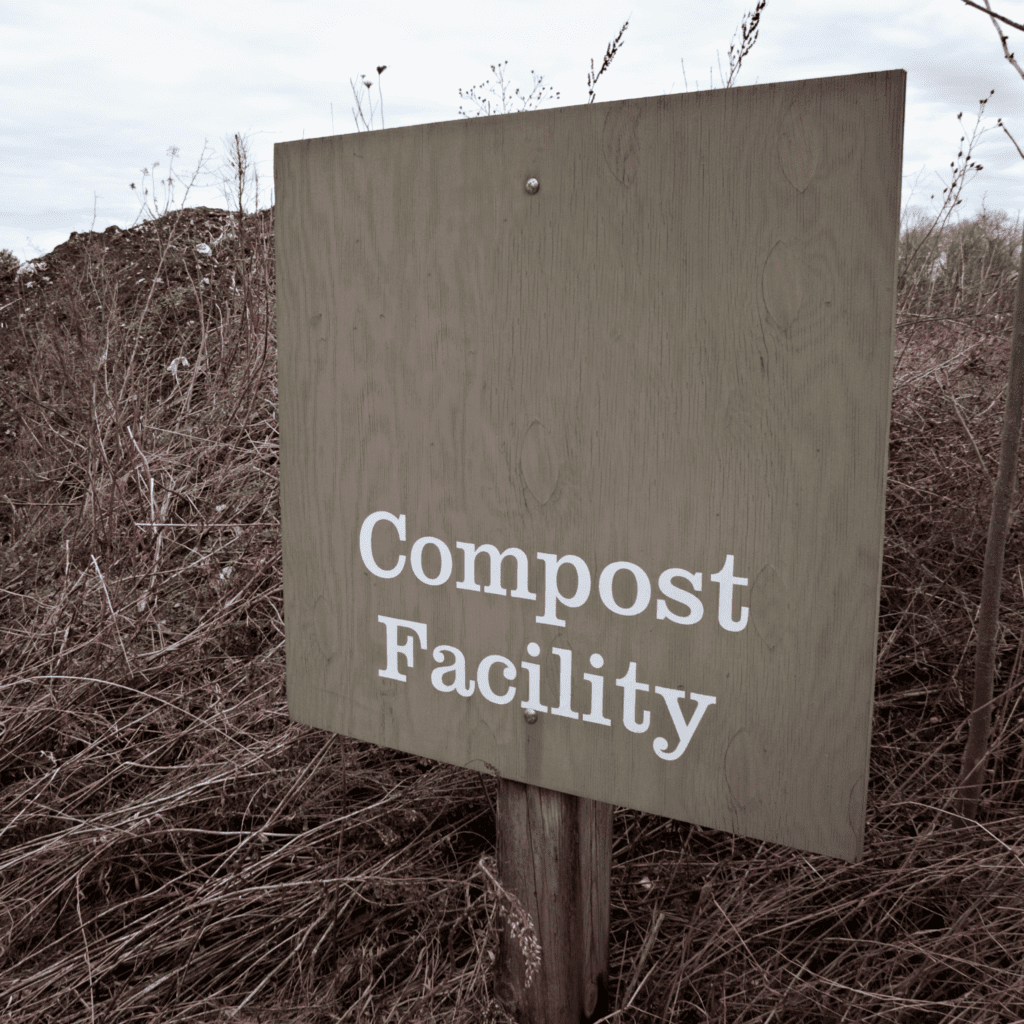

4. The Green Arrow Dot
Often confused, and you can see why.
It doesn’t necessarily mean the packaging is made from recycled materials or is recyclable. What? So, what does it mean then?
Good question, it literally only means the producer has contributed to the creation and implementation of recyclable packaging practices. And they’ve made a financial contribution to a national packaging recovery company in line with directive 94/62
You need a license to use the symbol and is mandatory in Germany, France, Portugal, and Spain. Plus, the symbol has to be placed on the most external packaging, the bit the customer will see first.
5. The FSC Symbol
Common for anyone using cardboard boxes. The FSC , or Forest Stewardship Council, ticked tree logo tells you the packaging is certified under the FSC system.
The logo itself has different variations, but can mean some of the following:
- Responsibly managed virgin wood fibres
- Mix of certified recycled fibres and certified virgin fibres
- Certified recycled materials
In most circumstances, any packaging with this symbol, means your packaging can be recycled in the home bin.
The role of the FSC is to promote and certify responsible forest management practices. They also approve the materials used from the forest, mainly wood.


4. The European Bio-plastics Compostable Seedling Symbol
The symbol means your packaging complies according to EN13432. In other words, it’s when packaging is placed under high heat, pressure, and humidity industrially to break down and leave nothing but water, biomass, and CO2.
The logo requires written permission to use on your packaging.


Concluding …
To round things up, the UK’s recycling symbols are there for consumers to see what can be and how to recycling your packaging. By making yourself familiar with these symbols, you can ensure your packaging is sustainably sourced, eco-friendly, and your end customer can dispose of the packaging correctly.
Still confused? Give our team a call or drop an email and they’ll help you out with any questions.


